Gouache, a Beginner’s Guide
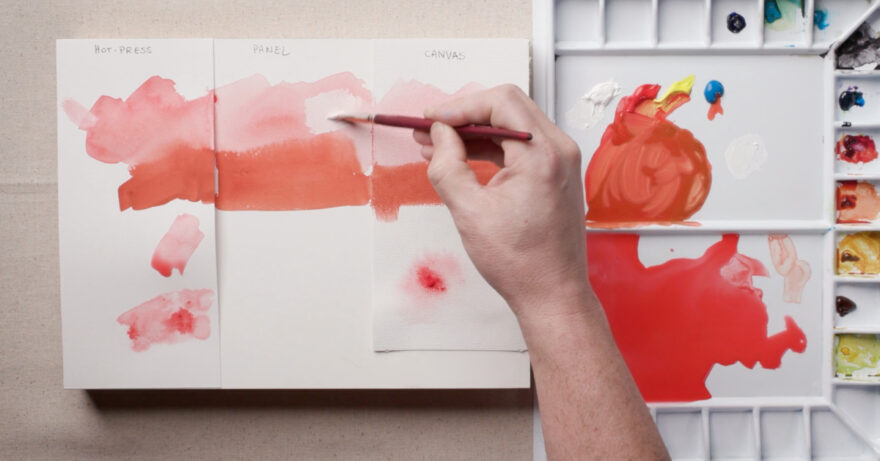
Gouache. What it is, how to use it, and tips on the different brands and types.
Gouache is a perfect medium for artists looking to experiment with their creativity because its properties deliver unique textures and vibrancy that is hard to achieve with other mediums. Unlike watercolor, gouache is opaque and can be layered to create a more intense color. One of the best things about gouache is that it is easy to use and requires minimal equipment. With a few good-quality brushes, the right surface, and a set of gouache paints, you can create beautiful artwork that will make your art stand out. Whether you’re a professional artist or just starting out, adding gouache to your toolkit is definitely worth considering.
In this video, I tested gouache on an acrylic panel, Hot Press watercolor paper, and Canvas.
Gouache Paint Essentials
Gouache paint is a versatile water-based medium that allows for layering and opacity, which can be used in a range of techniques, from flat color to intricate detailing. It is created by mixing pigment, water, and a binding agent, like gum arabic, and dries quickly. Adjustments can be easily made with water. It can expand your creativity due to the many colors that are available. It can be applied to various surfaces, such as paper, canvas, and board, which expands your creative opportunities. Appreciated for their vibrancy and flexibility, these paints are popular among illustrators, designers, and fine artists.
What to look for
When buying professional paints, you should look for the following characteristics:
✓
Pigment quality: Look for high-quality pigments that are lightfast and have good coverage. High-quality pigments will produce more vibrant colors and will last longer.
✓
Opacity: Gouache is known for its opacity, so look for paints that are opaque and can be layered to create a more intense color.
✓
Consistency: Gouache paints come in different consistencies, from thick to thin. Look for a consistency that works best for your painting style.
✓
Lightfastness: Look for paints that are lightfast, meaning they won’t fade over time when exposed to light.
Although there are many options available, here are three brands that deliver on all of these qualities:
Surfaces for Gouache
Watercolor paper is a popular choice for gouache painting due to its absorbent nature and ability to hold paint well. In the video above, I demonstrate how gouache works on an acrylic panel, Hot Press watercolor paper, and Canvas. There are three types of watercolor paper:
- Hot Press: This type has a smooth and fine surface that’s perfect for detailed painting.
- Cold Press: The textured surface of this type feels soft to the touch.
- Best Paper: Hot-press watercolor paper is the most suitable for gouache painting. It has a very smooth surface that allows for very crisp lines and vibrant colors.
Additionally, hot-press watercolor paper is highly durable and can withstand a lot of wear and tear, making it a great investment for avid artists.
What to look for
When comparing different brands of watercolor paper, beginners should look for the following characteristics:
✓
Texture: Watercolor paper is commonly used in gouache and comes in three textures: hot-pressed, cold-pressed, and rough. Hot-pressed paper is smooth, cold-pressed paper has a slightly textured surface, and rough paper has a heavily textured surface.
✓
Weight: Watercolor paper comes in different weights, ranging from 90lb to 300lb. The weight of the paper determines how much water it can hold without buckling or warping. Heavier paper holds more water, which is why we recommend beginners look for paper that is at least 140lb.
✓
Acid-free: Acid-free paper is important because it prevents the paper from yellowing over time.
✓
Archival quality: Archival-quality paper is made to last and is less likely to fade or deteriorate over time.
Brushes for Gouache
The type of brushes you use can greatly affect the end result, which is why it’s important to know what to look for. Here are some tips on choosing the right brushes for your gouache paintings:
✓
Brushes with stiffer bristles hold more paint, which is necessary because gouache paints are thicker and more opaque than watercolors.
✓
Round brushes are commonly used for gouache painting because they are versatile and allow for both broad strokes and fine details.
✓
Flat brushes are ideal for covering larger areas with a flat, even layer of paint.
✓
Angled or filbert brushes are great for more precise work.
Remember to choose brushes that are well-suited for the type of painting you are doing and that will allow you to achieve the desired effects. Here are some options to get you started.
These are the basics to start working with gouache! Whether you’re a beginner or an experienced artist, this guide will help you get started and achieve the results your aiming for. Do you paint with gouache? What did we miss? Share your own favorites in the comments below!

This image is provided by Uma Kelkar, who shares advice and observations for getting started in Gouache in this article:
This article contains affiliate links that help us earn a small commission from purchases — at no additional cost to you. We are grateful for your support.

Meet the Artist
Scott Maier is an artist and a content contributor to artistsnetwork.com. He’s also the author of the instructional art book See, Think, Draw: An Easy Guide for Realistic Drawing and Beyond.











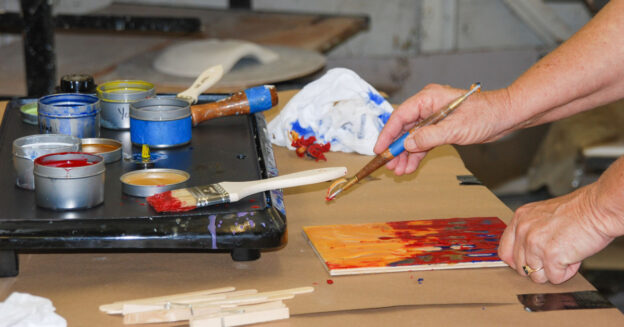
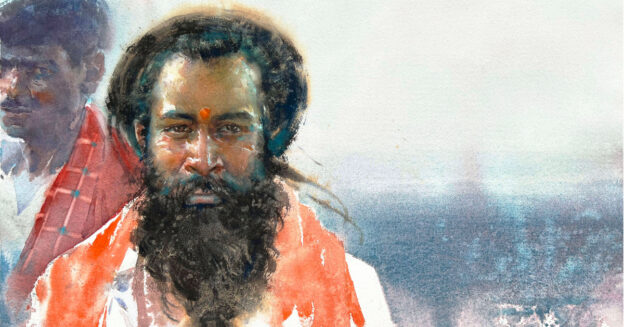





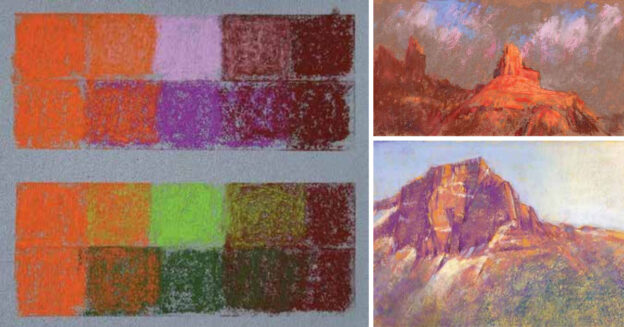
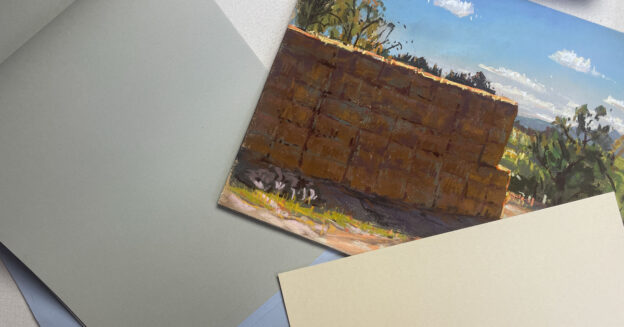

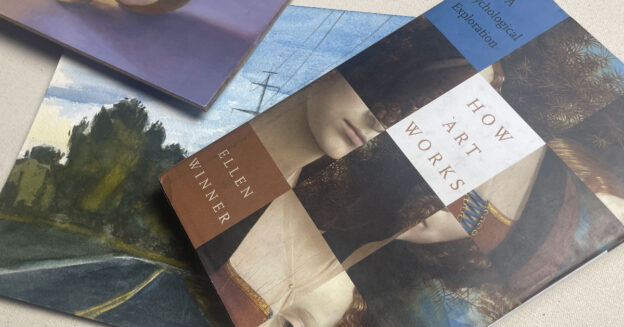

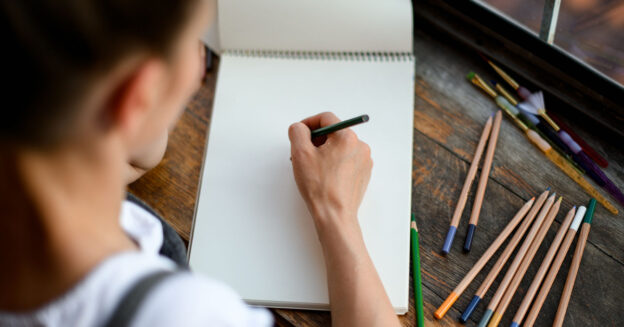
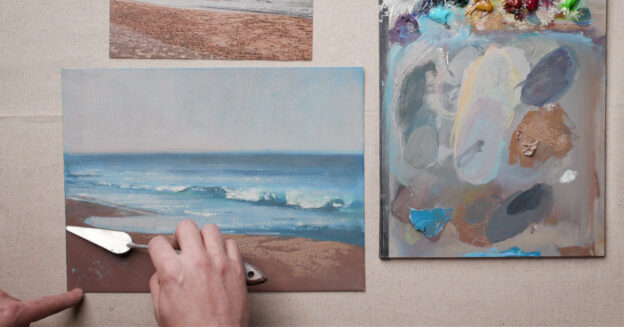
Join the Conversation!